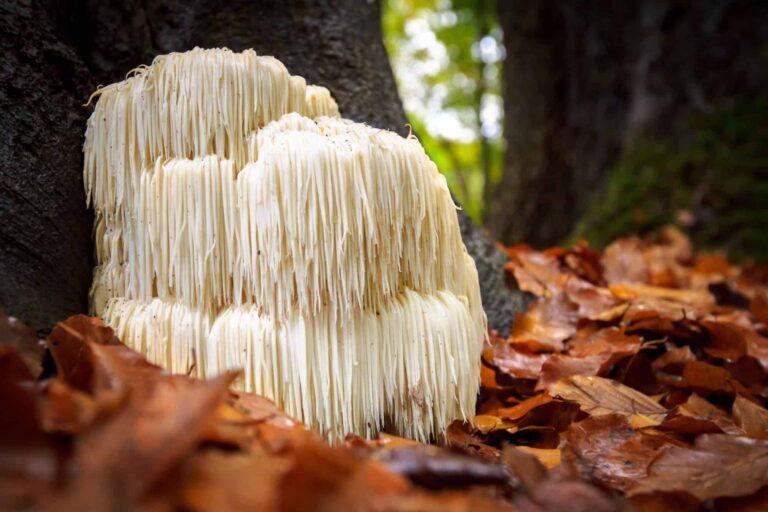
Today, we embark on a global journey to uncover the rich tapestry of traditions woven around two botanical wonders—Kava and Kratom. These plants, celebrated for their unique properties, hold deep cultural significance in various corners of the world. Join us as we explore the traditional uses of Kava and Kratom, discovering the rituals, ceremonies, and customs that have shaped the cultural landscapes of different societies.
Kava (Piper methysticum): The Pacific’s Gift of Tranquility
1. Polynesia and Micronesia:
2. Fiji:
3. Vanuatu:
Kratom (Mitragyna speciosa): Southeast Asia’s Herbal Ally
1. Thailand:
2. Malaysia:
3. Indonesia:
Shared Themes and Cultural Nuances:
While the traditional uses of Kava and Kratom vary across cultures, shared themes emerge. Both plants serve as social lubricants, fostering communal bonds and facilitating important rituals and ceremonies. Additionally, they are often employed to address physical discomfort, enhance mood, and contribute to the overall well-being of individuals within their cultural contexts.
Challenges and Considerations: As these botanicals gain global attention, the traditional uses of Kava and Kratom face challenges. Issues such as cultural appropriation, environmental sustainability, and legal restrictions pose considerations for preserving these traditions authentically.
Conclusion: A Symphony of Cultural Harmony
In conclusion, the traditional uses of Kava and Kratom offer a glimpse into the diverse ways in which cultures have integrated these plants into their social, spiritual, and medicinal practices. Whether sipped in a Fijian Kava ceremony or chewed for vitality in a Thai community, Kava and Kratom resonate as botanical ambassadors, weaving a symphony of cultural harmony across the globe. As we navigate the complexities of cultural exchange and appreciation, it’s essential to honor the roots and traditions that have nurtured the profound relationships between these plants and the communities that cherish them.
COPYRIGHT © 2023 · MADE WITH LOVE IN COLORADO. ALL RIGHTS RESERVED.